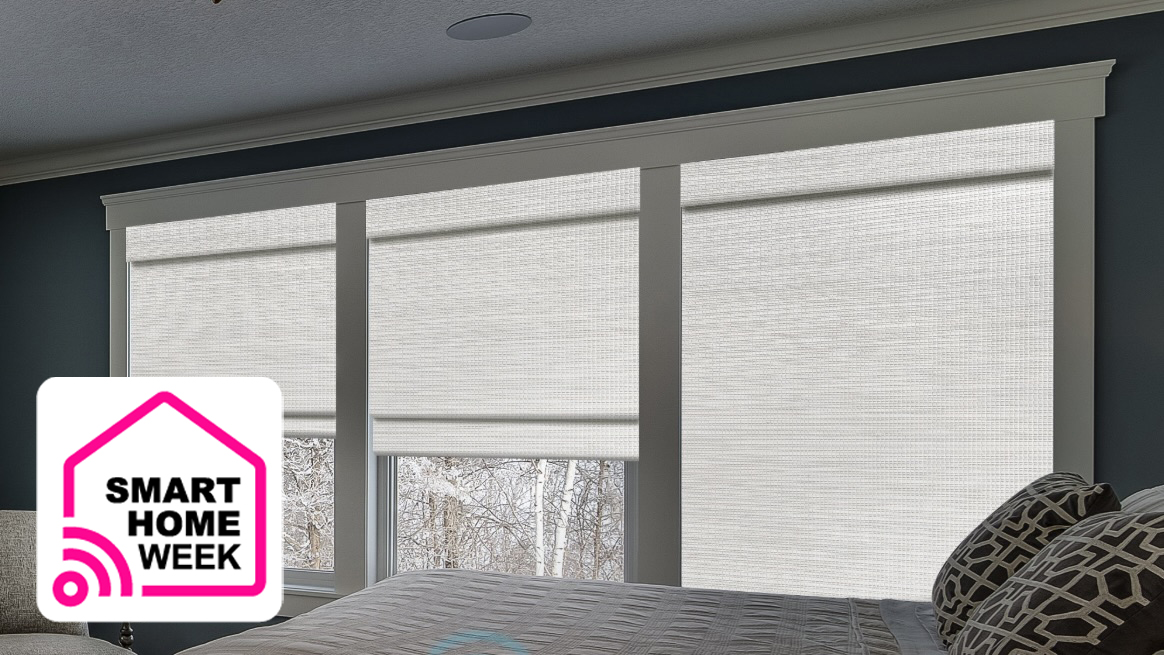Key Takeaways
- Smart blinds offer advanced control options and automation, such as scheduling and voice commands.
- Though pricier and with fewer style options than traditional blinds, smart blinds can be controlled remotely and reduce wear-and-tear.
- Installation includes both setup with a home hub and a power source requirement, which may involve dealing with charging solutions.
Introduction to Smart Blinds
As home automation becomes increasingly popular, many are considering whether to invest in smart blinds for enhanced convenience. These innovative window coverings can be controlled via smartphone apps, voice commands, or integrated into a broader smart home ecosystem. Smart blinds provide various functionalities, such as opening automatically in the morning or closing when the home entertainment system is turned on.
Advantages of Smart Blinds
A primary benefit of smart blinds is their superior control compared to traditional options. Users can schedule blinds to open at sunrise and close at sunset or set specific times for operation. This means waking up gently with gradual light exposure or winding down for bed with automated closures. Additionally, smart blinds allow for remote control via smartphones or home hubs, offering convenience even from afar.
Control options extend beyond just smartphones; voice commands through digital assistants can also manage the blinds. Moreover, a physical remote control is commonly included, accommodating household members who may not use the smartphone app. This remote function is beneficial for guests or visitors, making smart blinds accessible to everyone.
There’s a suggestion that smart blinds may last longer than traditional ones, given that they do not require frequent manual handling. Conventional blinds often face wear and tearing from regular use, while smart alternatives can remain in good condition without physical manipulation.
Considerations When Choosing Smart Blinds
Despite the numerous benefits of smart blinds, there are also drawbacks that potential buyers should keep in mind. Although a variety of smart blinds are available, the selection remains smaller compared to traditional blinds. This could pose a challenge for those seeking specific aesthetics, especially for unique window sizes or shapes.
Installation of smart blinds resembles that of traditional ones but involves additional steps for technology setup. Users must connect the blinds to their home hub or app, which can be somewhat complicated for first-time users.
Smart blinds also require a power source, meaning additional considerations like unsightly power cords or battery charging will need to be managed. Examples include rechargeable models that may be charged through wall adapters or solar chargers, which can add to the complexity.
From a financial perspective, smart blinds generally carry a higher price tag. However, when compared to custom or designer blinds, the price difference may be less significant—making them a viable option for many consumers.
Final Thoughts on Smart Blinds
Smart blinds present an attractive upgrade for homeowners looking for convenience and control over their living environment. Despite their higher cost, installation steps, and power supply requirements, the advantages—ranging from remote accessibility to sophisticated scheduling—greatly enhance the home experience. For those who appreciate the ability to automate their living spaces effortlessly, smart blinds are certainly a worthy investment.
The content above is a summary. For more details, see the source article.















